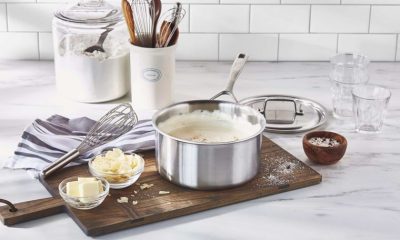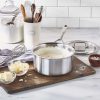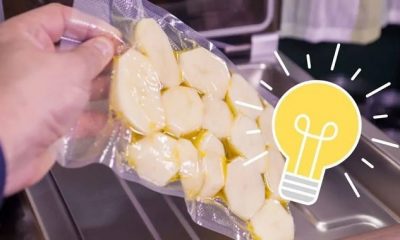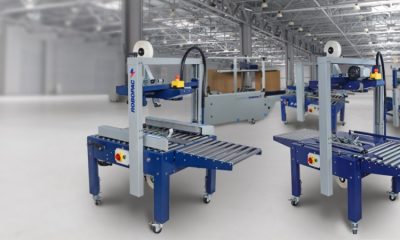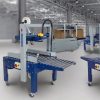Lifestyle
A Guide to Strapping: Types of Strapping Materials & Equipment
Ensuring your shipments are safe during transport or when in-store is essential to preventing inventory loss and thus, profit loss. Most businesses that deal with product shipping and storing as a part of their everyday operations rely on strapping materials to do so. Strapping can connect two parcels together, be fixed to a pallet or simply provide more strength to the package. It can be used for securing any type of inventory, bulky and fragile alike.
There are many different types of strapping materials available, and each comes with its own distinct advantages and disadvantages. Taking the properties of the strapping material into consideration and the available equipment to use is essential to making the right choice.
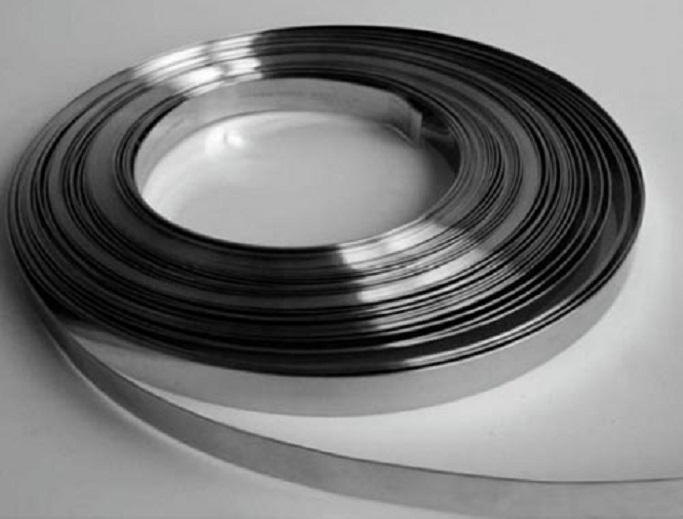
Source: stainlesssteelstripcoil.com
Types of Strapping Material
Stainless Steel Band
Out of all the options, the stainless steel band is the toughest and strongest material with the most tensile strength. It’s suitable for strapping heavy and rigid loads that have rough and sharp edges. For instance, you can strap tiles, concrete and timber to pallets using stainless steel strapping. On the downside, steel doesn’t flex like other materials. However, this can also be seen as the reason to get a stainless steel band, as the straps won’t move during transport, giving you peace of mind knowing your load is secured.
Polypropylene
This strapping material is one of the lightest and most versatile options, making it suitable for securing light to medium loads. Polypropylene strapping is great if you’re strapping multiple products together, palletising lighter loads or reinforcing cartons. PP strapping is affordable and available in a variety of thicknesses and widths, some of which are meant for manual strapping, while others for semi-automatic and automatic strapping machines. The most popular widths are 12, 15 and 19mm PP straps. PP strapping features light elastic properties, is rust- and deformation-resistant and it can usually withstand strains of up to 400kg.
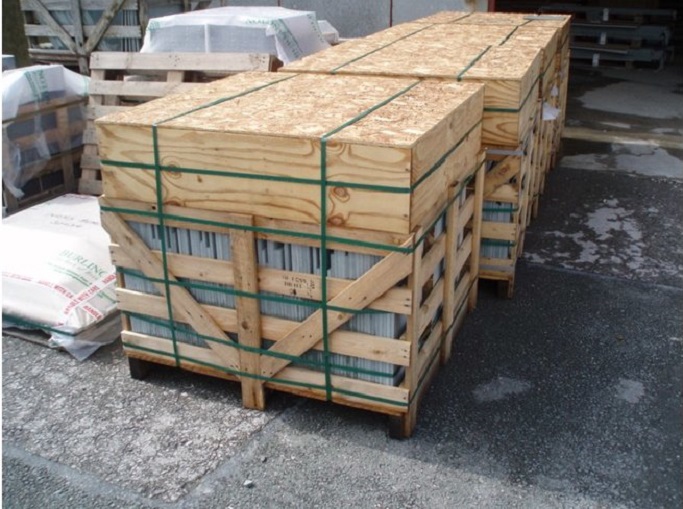
Source: logismarket.co.uk
Extruded Polyester
This strapping material is the strongest out of all plastic strapping options, making it suitable for securing heavy loads without having to use stainless steel strapping. The breaking point of polyester strapping is much higher when compared to PP strapping. A 16mm wide polyester strap has a breaking point of about 500kg, whereas the 25mm version can handle up to 1000kg. Although much tougher, the polyester strap still keeps its elongation and recovery properties which help it stay secured and absorb impact without snapping. Furthermore, polyester strapping is rust and weather resistant, features high tension and is lightweight and portable.
Corded Polyester
This is one of the most resistant strapping materials, making it suitable for securing fragile and delicate loads. It’s light and easy to work with. Plus it doesn’t rust, rot and mark surfaces. Corded polyester strapping is intended to be used with manual sealers and tensioners. It provides high resistance for heavy loads of up to 1000kg, and it’s tear-resistant. You can divide it over the length and make a knot in the strapping to further increase the security of the load.
Woven Strapping
Some packages require a safe strapping material, so the aforementioned options are out of the question. If that’s the case, woven strapping is a great choice. Woven strapping is easy and safe to use, removing the risk of cutting yourself, yet still providing high tensile strength. Woven strapping materials have as much resistance as steel strapping, but they’re much lighter in comparison. In fact, woven strapping materials are only 10-20% the weight of other strapping products. It’s also unaffected by humidity, chemical substances and extreme temperatures.
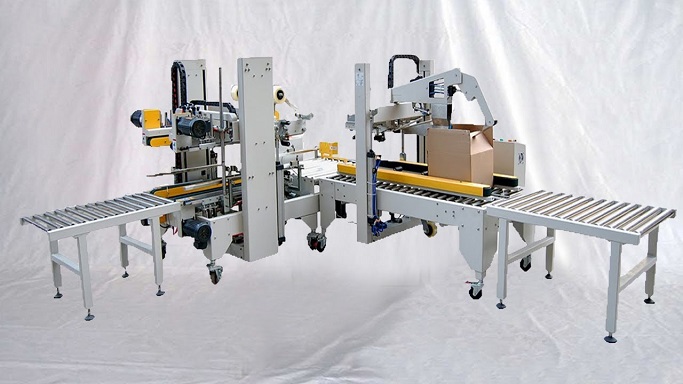
Source: youtube.com
Strapping Equipment
Strapping can be done using strapping tools plus some manual effort, or using a semi- or completely automated machine, like for instance a carton sealing machine that can boost productivity. The latter is definitely much faster and more efficient. Moreover, if you use a strapping machine, you won’t need any extra seals or tools to fasten the material, as the machine will automatically weld the strapping to the seal.
If you go the manual route, you’ll need tools to create tension in the strapping material and seal it safely. The most suitable method for your operations will depend on the volume, shape and size of loads you need to secure. Hand strapping machines are a popular option, as they’re versatile and allow for different size and load variations. They’re mobile, and you can use them horizontally and vertically.
There are a few questions you can ask yourself before you buy strapping materials and equipment in order to make sure you make the right choices that will improve your packaging efficiency.
- How do you intend to use the strapping material?
- What’s the weight of the load, and is it static or dynamic?
- Will the strapped products go through harsh weather conditions?
- Will the strapping be done manually or automatically?
- How long will the strapping have to last?
- How much strapping do you have to do on an everyday basis?




